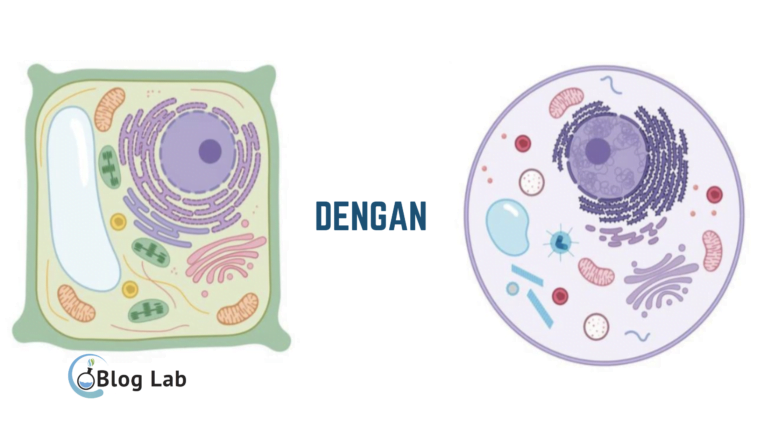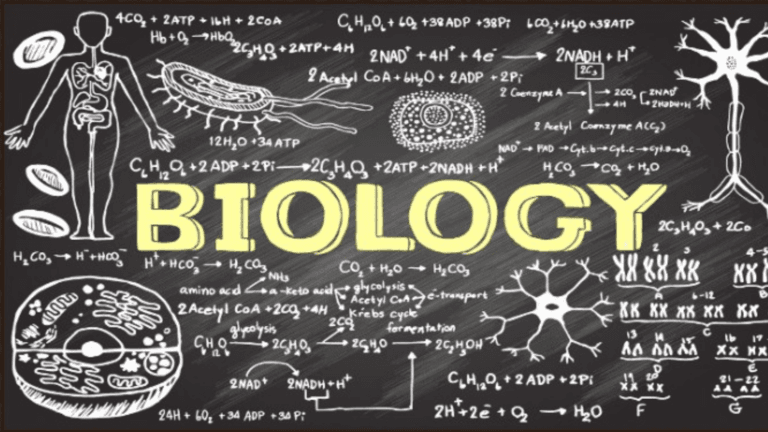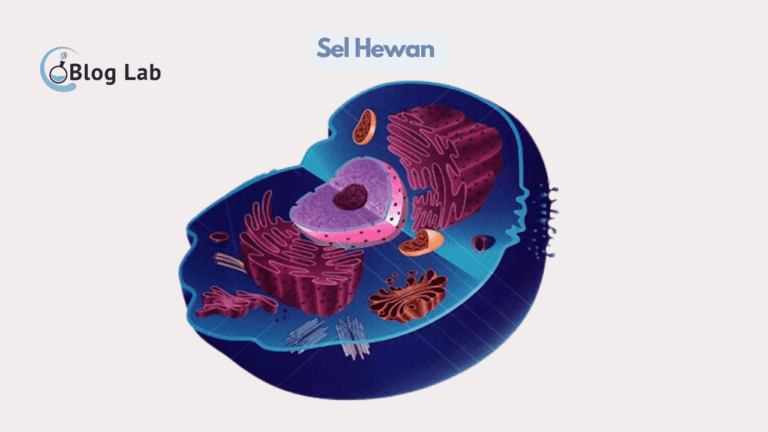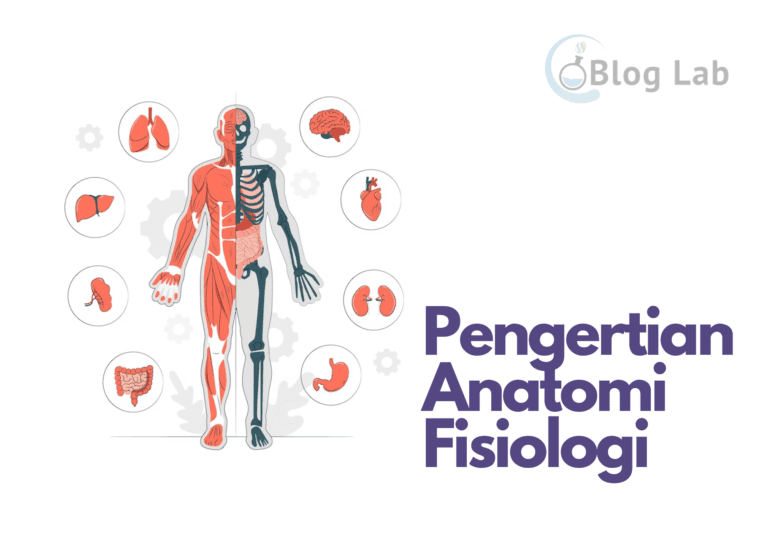Animal Cell Divergence Table and Planting Cell

If you're learning about biology, definitely familiar with animal cells and plant cells. These two kinds of cells have a very important difference in structure and function, although both have something in common in some aspects.
Animal Cell
Animal cells are the smallest structural and functional unit of animal organisms. Each cell has a membrane that protects the contents of the cell from the external environment, and various organelles in it that have special functions such as mitochondria for energy production and nucleus that regulate cell activity. Animal cells also have the ability to replicate themselves and adapt to the environment.
Plant Cell
The plant cell is the smallest structural and functional unit of plants that can do all important activities such as metabolism, reproduction and growth. The plant cells have a wall of cells made of cellulose that give them strength and form. The plant cells also have the same organells-- organelles as animal cells like nucleuses, mitochondria, and chloroplast. Chloroplas are special organelles in plant cells that are responsible for photosynthesis and produce food for plants. To see what the difference is between the SEL chairman you can read this next article "The difference between stem cell structure and animals“.
Animal Cell and Planting Cell
Animal cells and plant cells are eukaryotic cells, which mean they both have nucleus and organelles that separate cellular functions. The animal cells and plant cells also have some similarities in the structure and function of the organelles, such as mitochondria, the endoplasm reticles, and ribosomes.
However, there are some very important differences between animal cells and plant cells that need to be known. Let's see table difference between animal cells and plant cells to understand these differences in more detail.
Different Table
So what's the difference between plant cells and animal cells? Now the following will be described as a table of differences between the Animal Cell and the Planting Cell below:
| Different | Animal Cell | Plant Cell |
|---|---|---|
| Cell Wall | Not having | It has cell walls. |
| Cell Shapes | Unorganized | fixed and varied |
| Chloroplas | Not having | There |
| Vakuola | There is, but small | There, large and varied |
| Main function | Keep the cell shape and get nutrients | Photosynthesis and preserve cell form |
Structural differences
Here are some different structures and function animal cells and plant cells among them:
Cell Wall
One of the main differences between animal cells and plant cells is that plant cells have cell walls, while animal cells do not. The walls of plant cells are made of cellulose and lignine, which give plant cells a fixed shape and helps protect cells from physical damage.
Cell Shapes
Animal cells usually don't have a regular shape, while plant cells tend to be more fixed and varied in form. It's caused by walls of plant cells that give shape and support to cells.
Chloroplas
Chloroplas are organelles in plant cells, but they're not in animal cells. Chloroplas are important in photosynthesis, which is the process of making food in plants that use energy from the sun.
Vakuola
Vakuola is an organelle that exists in both types of cells, but it's bigger and varied in plant cells. Vakuola in plant cells acts as water and nutrients storage, as well as providing support to plant cells.
Main Function
Animal cells and plant cells have a very important structure and function difference, and it's very influential on life on Earth. Let's talk more about our differences and functions.
Functions difference.
Here are some different animal cells and plant cells seen from its function, among other things:
Animal Cell
Animal cells have some major functions, among other things:
- Get nutrients: the animal cell takes nutrients from the food consumed through the digestive process.
- Eject waste: animal cells issue waste via excretion.
- Motion:
Plant Cell
The plant cell also has some major functions, among other things:
- Photosynthesis: plant cells do photosynthesis to make food and produce oxygen.
- Nuclear storage: Vakuola in plant cells serves as water and nutrients storage.
- Keep the shape of the cell: the wall of the plant cells provides shape and support for the cells.
Conclusion
Animal cells and plant cells have a very important difference in structure and function. These differences really affect life on Earth, because each cell has a different role in the ecosystem. By understanding each other's differences and functions, we can better understand and appreciate the life around us.





